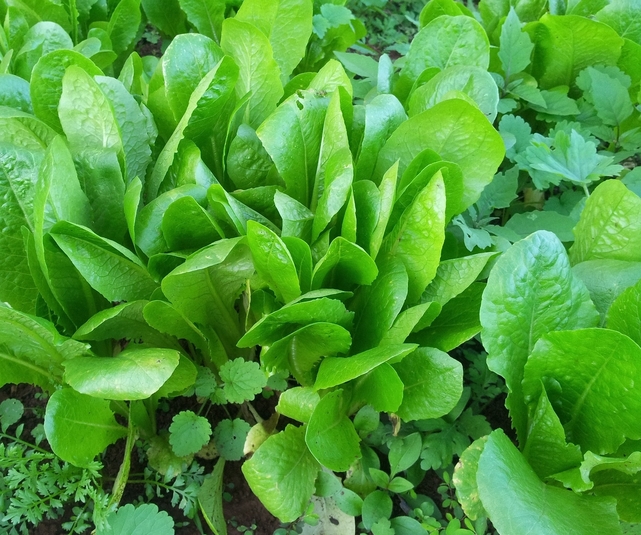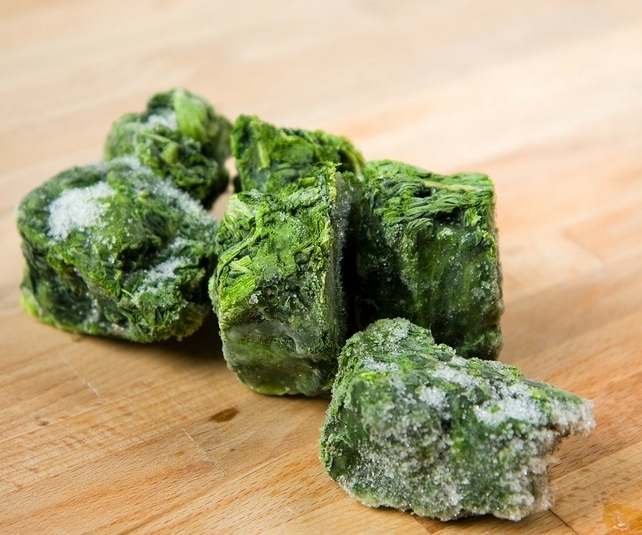A hardy perennial in Zones 5 – 10 gardens, Oregano is a pungently aromatic plant that is one of the most important herbs in Italian, Greek and Mexican cooking. It has a bold flavor and a hardy constitution. It is also called Wild Marjoram.
The flavor of Oregano can vary greatly from variety to variety. Greek Oregano is the spiciest.
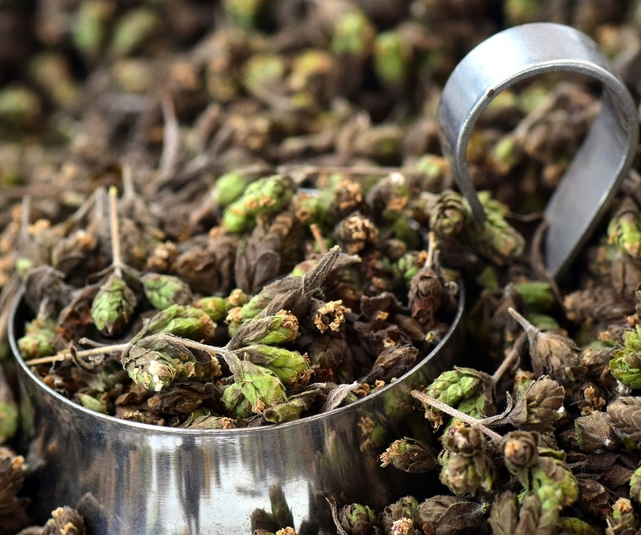
Starting Oregano From Seed
Seed Longevity: One Year.
Seed Sowing Depth: Just cover. Needs light to germinate.
Best Soil Temp for Germination: 60 degrees.
Days to Germination: 7 - 14.
Spring Sowing: Sow indoors 8-10 weeks before last frost. Direct sow 2 weeks before last frost.
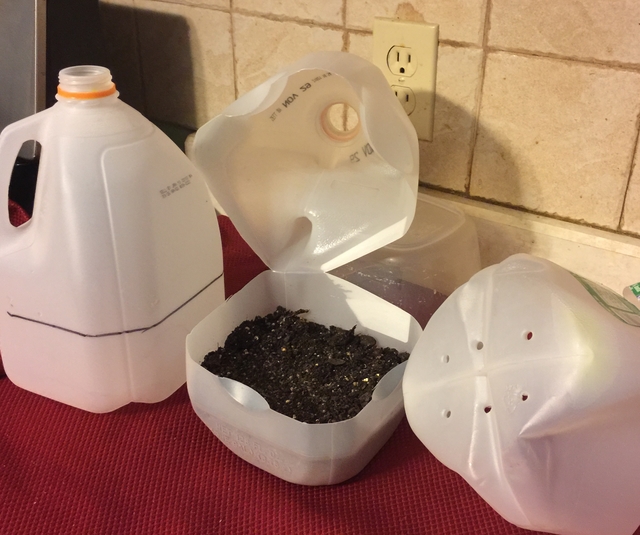
Winter Sowing
If you haven't tried winter sowing, you're in for a treat. This method is especially good for sowing herbs. Winter sowing is basically sowing seeds in the bottom of milk jugs in the winter, setting the milk jugs outside for the winter and leaving them there until the seeds germinate in the Spring.For our article containing detailed information about Winter Sowing, click here.

Growing Oregano
Plant Size: Height 8-12” Spread 24”.
Spacing: 18”.
Container Size: 12" diameter and 8+” deep.
Soil: Well-drained.
Watering: Thoroughly, less often.
Light/Sun: Thrives in warm, sunny spots.
Fertilizer: None for the best-flavored foliage.
Good Companions: Everything.
Bad Companions: Nothing.
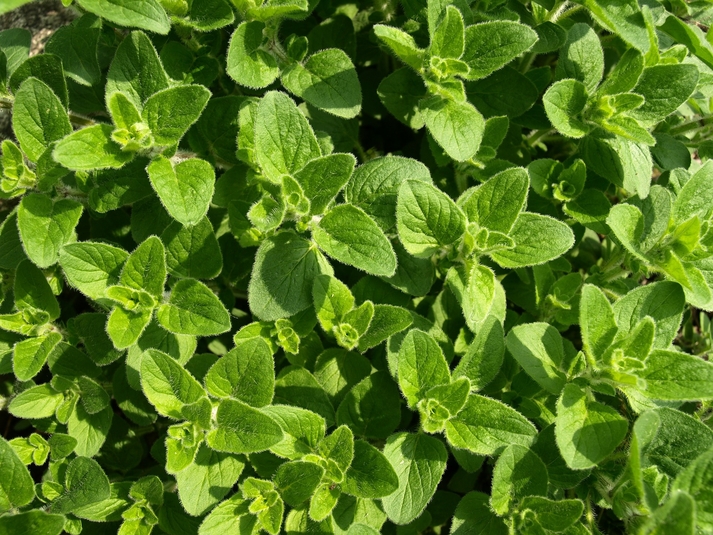
Other Care Tips
- Flowers should be pinched off to keep the plants bushier and prevent them from early bolting.
- Allow plants to grow to 4” tall then trim lightly to encourage branching.
- Regular trimming will avoid plant legginess.
Dividing Oregano
Divide Oregano plants when the stems begin to die out or the stems become woody, or to simply make more plants.
Soft Cuttings
Take cuttings in spring when new growth is several inches in length. Side shoots of 4" in length are perfect. Cut the stem at an angle and remove lower leaves leaving an inch or two of the stem bare. Plant cutting bare side down into a well-drained soil mix. No fertilizer is needed at this stage.
Wrap the container in plastic to keep in humidity. Avoid having the leaves touch the plastic. Place the pot in light but out of direct light. Keep soil moist but never soggy. Remove the plastic when cutting grows roots. A light tug that gives you some resistance means it has rooted.
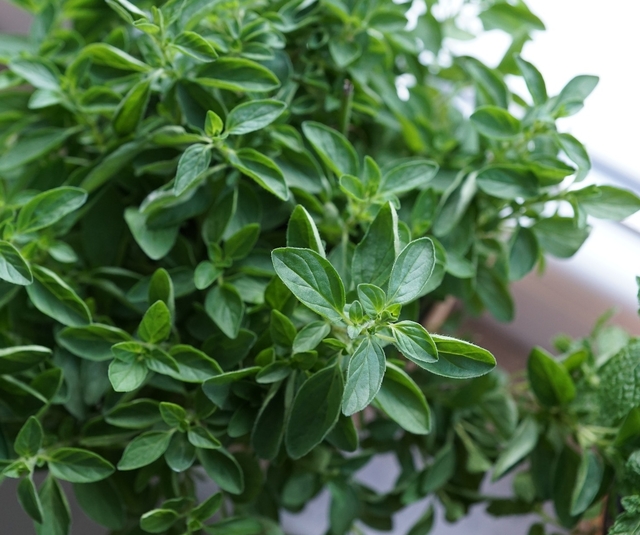
Overwinter Plant Care
Oregano plants should be cut back to ground level and covered with a layer of mulch. Containers can be brought inside for the winter.
Harvesting Oregano
As soon as the leaves are large enough to use and before the plant flowers.
Snip the leaves individually or shear plants to 2” above ground level just before flowering and again a month before the first frost. You'll get two harvests that way.
Harvesting Oregano Seed
Oregano seeds are tiny and develop after the flowers fade in late summer or fall. Collect and thoroughly dry seeds before storing them in an airtight container.
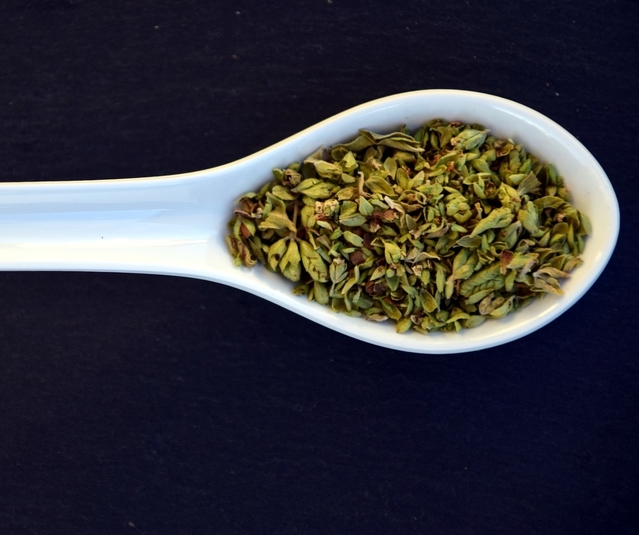
Storing Oregano
Fresh
Damp Paper Towel
This method works well for hardy herbs that have woody stems as well as a few soft-stemmed herbs.
Clean and thoroughly dry the Oregano. Arrange lengthwise in a single layer on a slightly damp paper towel. Loosely roll up the herb and transfer to a plastic bag or plastic wrap. Label and store in the fridge.
Oregano will stay fresh in the fridge using this method for up to 2 weeks.
Freezing
For best results, use frozen Oregano within 1-2 years.
By freezing herbs, you will lose some of the herb's texture but preserve the flavor.
Here are some freezing methods:
Tray Freeze
Spread herb onto a cookie sheet on a single layer. Freeze in the freezer, then transfer the Oregano into a labeled freezer bag to store. Since the leaves are frozen separately, later you can easily remove the amount you need.
Ice Cube Trays with Oil
This method works well for hard-stemmed herbs that would probably be cooked when adding to a dish. The oil reduces some of the browning and freezer burn.
Clean and thoroughly dry the Oregano. Mince and firmly pack herbs into an ice cube tray 3/4 full. Add Olive Oil to fill and freeze. Transfer frozen cubes into labeled freezer bags to store.



Flat Freezer Bag
Trim off the stems and place in a labeled freezer bag. Squeeze out the air, flatten the freezer bag, label and store.



Drying Oregano
Oregano is one of the best herbs to use in a dried form. For best results, use dried Oregano within 1-2 years.
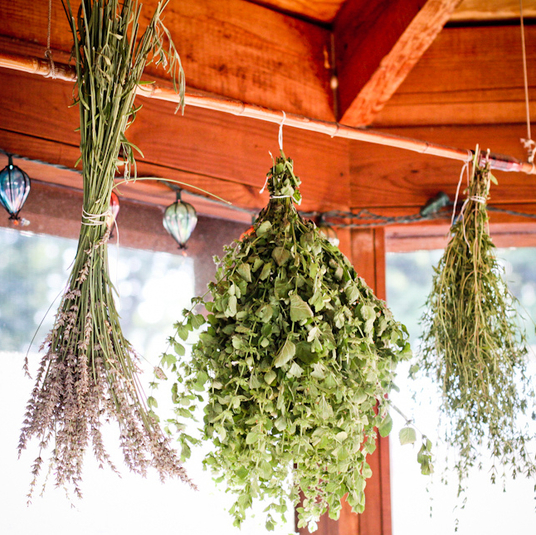
Hang to Dry
Pick your Oregano in bunches right before you intend to store them. Tie the bottom of the bunch together with twine and hang upside down to dry in a dry, low humidity area. For added protection against dust, you can put the bundles inside paper bags with plenty of holes for ventilation. When the herbs are dry, the leaves will crumble easily between your fingers. Store in an air tight container.

Using Oregano
- Oregano adds zest to pasta and pizza sauces.
- It complements meats and vegetables.
- Garlic, onion, thyme, basil, parsley and olive oil are complementary partners.
- Makes a great ground cover.






